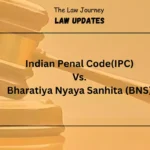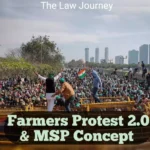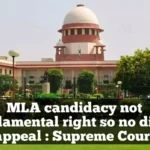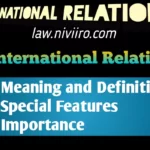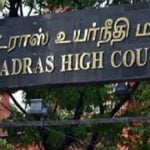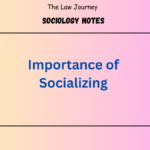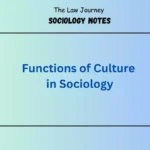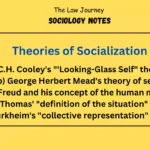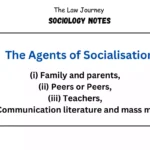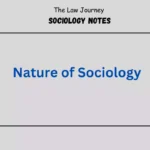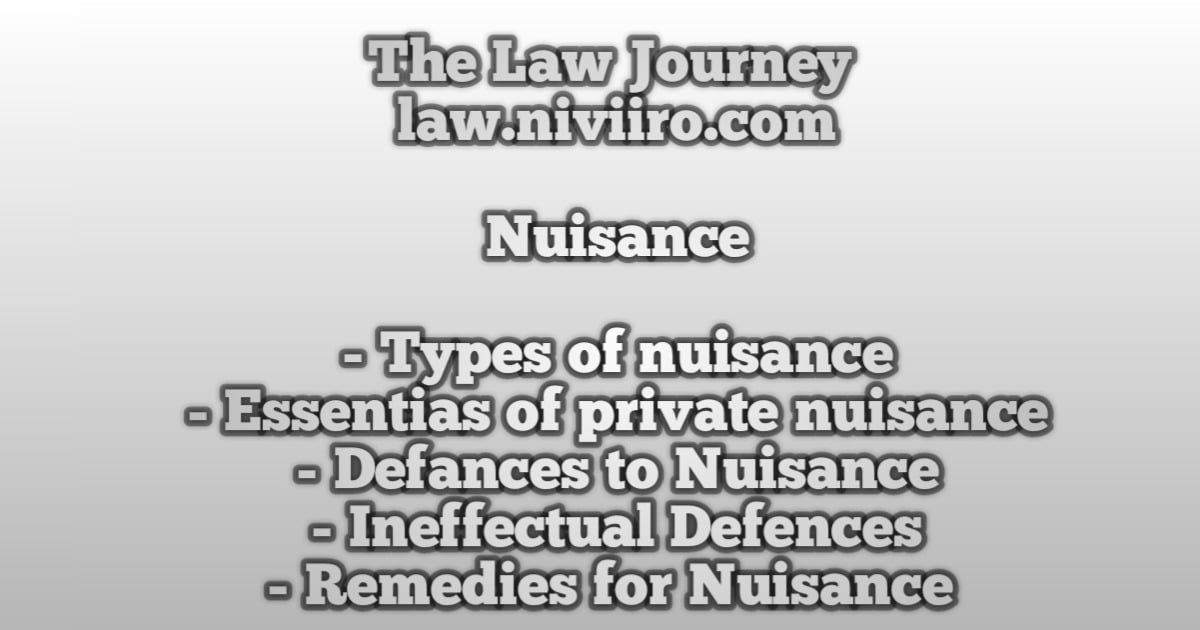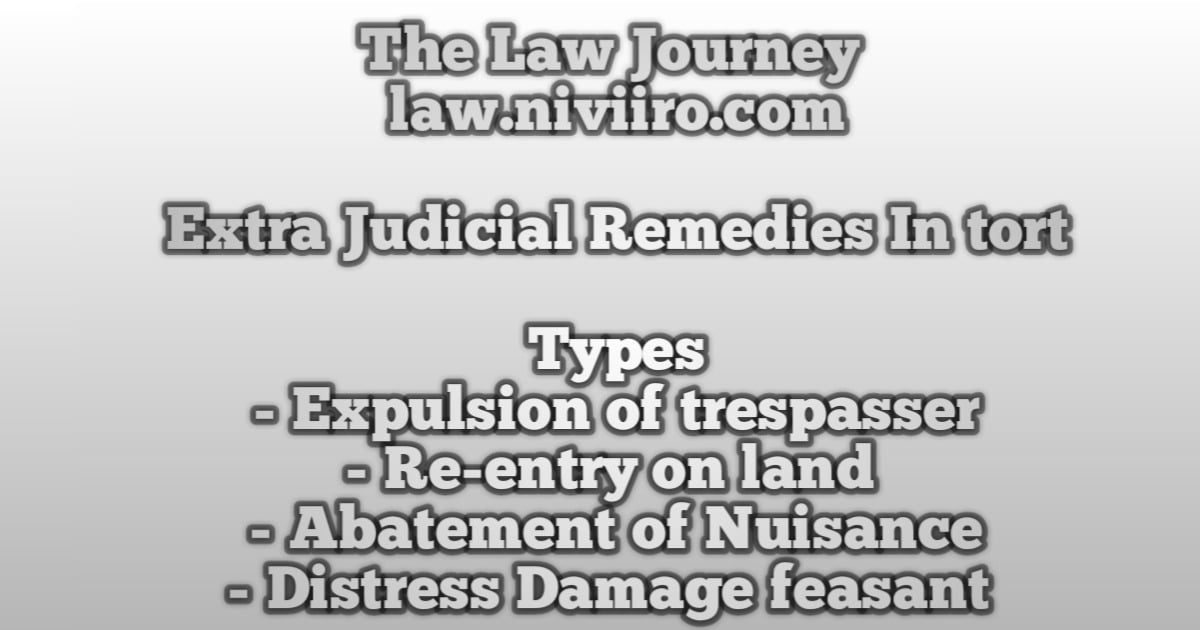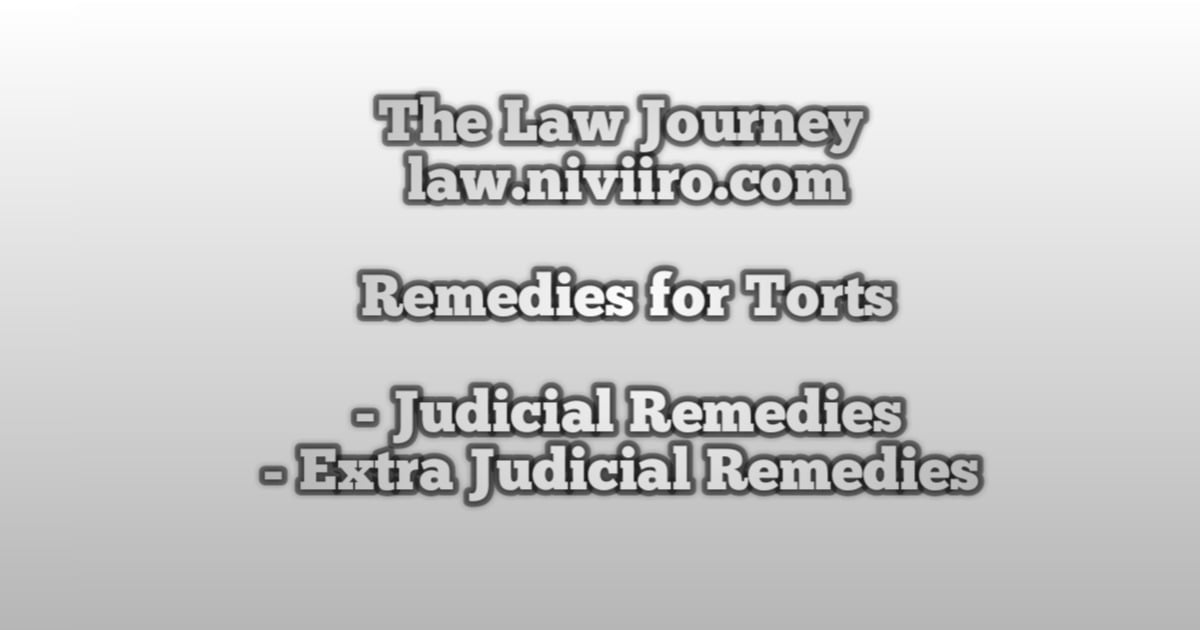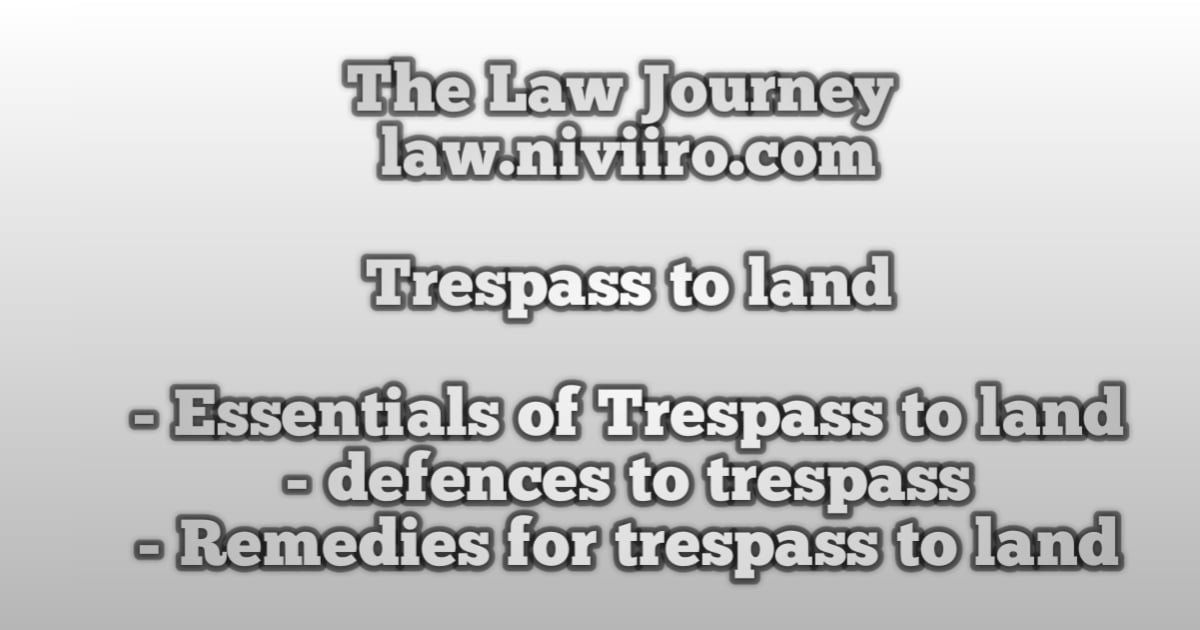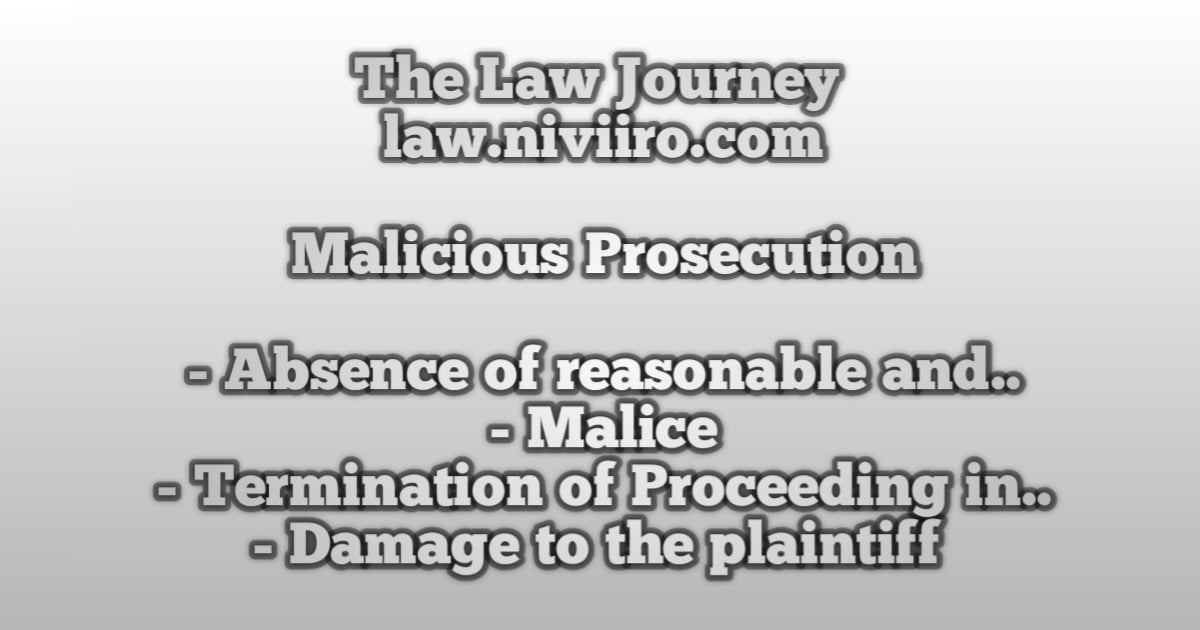The term ‘nuisance’ is derived from the French word ‘nuire’ and the Latin word ‘nocere’ or ‘nocumentum,’ which implies ‘annoyance’ or ‘damage’ in a legal sense.
In Durga Prasad v State (AIR 1962 Raj 92), it was said that the term “nuisance” typically refers to anything that bothers, hurts, or is objectionable.
Definition of Nuisance
As a tort, nuisance refers to an unlawful interference with a person’s use or enjoyment of land, or some right over, or in connection with it (Winfield).
Acts that interfere with one’s comfort, health, or safety are instances.Nuisance is a harm done to a man by interfering with his enjoyment of his property or, in some situations, the exercise of a common right (Pollock).
Types of Nuisance
Nuisance has been defined under two categories:
Public Nuisance, and Private Nuisance.
Public Nuisance
If a person’s action irritates a significant number of people or a specific group of people, it is referred to as a “public nuisance.” It is punishable by law, specifically Section 268 of the Indian Penal Code, which states that “a person is guilty of public nuisance if he does any act, or is guilty of an illegal omission, which causes any common injury, danger, or annoyance to the public or the people in general who dwell or occupy property in the vicinity, or which must necessarily cause injury, obstruction, danger, or annoyance to persons who may have occasion to use any public right.”
A public nuisance is, for example, blocking a public highway and preventing mobility for a large number of people.
In Soltan v. De Held, (1851) 2 Sim RS 133, De Held was the priest of a Roman Catholic Chapel.The bell rang throughout the day and night. The plaintiff lived just next door to the chapel. Everyone in the chapel’s proximity was startled by the bell. The complainant was the most disturbed. The court ruled that it was a public nuisance and, in the case of the plaintiff, a private nuisance, and that the plaintiff was entitled to an injunction.
Winter Bottom v. Lord Derby, 1867 LR Exch 316, held that if a public nuisance does not create any exceptional harm or particular injury, a person who is irritated like others cannot launch a civil claim for private nuisance since he incurred no more damage than any other member of the public.
In Dr. Ram Raj Singh v. Babu Lal, MANU/UP/0286/1982 : AIR 1982 All 285, the defendant installed a brick grinding machine. The plaintiff ran a clinic on the next property. The air in the neighbourhood was contaminated as a result of brick-grinding, and dust particles of a red colour were all visible on garments. The plaintiff received special damages, as demonstrated in court, and the Court also issued a permanent order prohibiting the defendant from using his brick grinding equipment there. Section 268 of the Indian Penal Code, in conjunction with articles 133 to 143 of the Criminal Code, provided the proper remedies.
Private nuisance
Winfield has defined Private nuisance as unlawful interference with a person’s use or enjoyment of land, or some right over, or in connection with it.
Distinction between Private nuisance & Public nuisance
| Private nuisance | Public nuisance |
| (i) It is an injury to individual in particular. | (i) It is an injury to public. |
| (ii) It may be done away with. | (ii) A public nuisance cannot be abated by an individual. |
| (iii) In private nuisance, the plaintiff is awarded compensation. | (iii) In public nuisance, punishment is given. |
| (iv) It can be legalized by prescription. | (iv) It can never be legalized. |
| (v) It affects only individual. | (v) It affects public at large |
| (vi) The plaintiff must prove inter ference with the enjoyment of land. | (vi) It is not necessarily linked with the use of land. |
| (vii) In case of private nuisance, the plaintiff may file a suit in civil court for damage or injunction. | (vii) The plaintiff has to prove that he has suffered particular damage beyond that which was suffered by entire community. |
Essentials of Private Nuisance
There are following elements, which have to be proved by the plaintiff in every case of nuisance: (i)Undue or unreasonable interference, (ii) Interference must be with the use or enjoyment of land, (iii) Damage.
Undue or unreasonable interference
There are some unwarranted interferences which cause damage to the plaintiff and such interferences are termed as undue or unreasonable. Undue or unreasonable interference refers to that which exceeds the limited usage in the society. If someone is erecting/constructing a building and in doing so it creates too much noise and dust, here, the action may lie. The interference should be continuous or repetitive.
Radhey Shyam v. Gur Prasad, MANU/UP/0023/1978 : AIR 1978 All 86. Gur Prasad filed an action to prevent Radhey Shyam from establishing a flour mill in his premises because Gur Prasad lived in the same premises and installing the mill would cause him to lose his sleep due to the rattling noise of the flour mill, and his health would suffer as a result. The court determined that the impugned equipment would severely interfere with the plaintiff’s bodily comfort and, as such, constituted nuisance, and that the plaintiff was entitled to an injunction against the defendant.
Interference must be with the use or enjoyment of land
Interference may cause either injury to the property itself (for example, by allowing the branches of a tree to overhang on the land of another person, or the escape of the roots of a tree, water, gas, smoke or fumes, etc. on the neighbour’s land or even by vibrations) or injury to comfort or health of occupants of certain property (for example, excessive noise being emitted by a mill in a residential area).
In Noble v Harrison (1926) 2 KB 332, on the other hand, found that the fact that the tree limb was overhanging on the roadway was not a nuisance, nor was the annoyance generated by its fall because the defendant did not know, or could not have known, that the branch would break and fall. However, projections on private land are considered a nuisance since they interfere with the enjoyment of one’s property.
Damage
In an action for nuisance, actual damage is required to be proved. In the case of public nuisance, the plaintiff can bring an action in tort only when he proves a special damage to him. In private nuisance, although damage is one of the essentials, the law will often presume it.
In Kuldip Singh v Subhash Chander Jain (AIR 2000 SC 1410), it was held that an injunction to prevent an apprehended or future nuisance will generally not be granted unless the threat be imminent or likely to cause such damage as would be irreparable once it is allowed to occur.
Usha Ben v. Bhagya Laxmi Chitra Mandir, AIR 1978 Guj 13: (1977) GLR 424. In this instance, the defendant was showing the film “Jai Santoshi Maa” in his theatre. The plaintiff filed a plea for a permanent injunction against the defendant displaying this video on the grounds that Goddesses Laxmi, Parvati, and Saraswati were mocked and represented as jealous in the film. It damaged her feelings and sentiments.
The Court concluded that hurting religious sensibilities was not an actionable offence and that the plaintiff was free to not view the film again. It was not a case of bother.
Defences to Nuisance
Effectual Defences to Nuisance are (i) Prescription, (ii) Statutory authority
Prescription
A prescription may be used to gain the permission to do an act that would otherwise constitute a private nuisance (i.e. by elapse of certain number of years). A right to commit a private nuisance may be gained as an easement if it has been enjoyed peacefully and publicly as an easement and of right for 20 years.
In the case Sturges v. Bridgemen, (1879) 11 Ch D 852, defendant was a confectioner and had a kitchen in the back of his house. For almost 20 years, the plaintiff had not experienced any noise or vibration from the kitchen. Plaintiff, a medical practitioner, relocated his consulting room in his back garden after 20 years.
Following this relocation, the plaintiff experienced the annoyance caused by kitchen noise and vibration. The plaintiff filed the lawsuit, and the Court issued an injunction against the confectioner. The defendant’s claim of prescriptive right failed because the interference had not been an actionable nuisance for more than 20 years.
Statutory authority
An act done under the authority of a statute is a complete defence. Thus, a railway company authorised to run railway trains is not liable if, in spite of due care, the sparks from the engine set fire in the adjoining property.
Ineffectual defences to Nuisance
Nuisance due to act of others
Sometimes the act of two or more persons, acting independently of each other, may constitute a nuisance although the act of any one of them alone would not be so.
Public good
It is no defence to say that what is a nuisance to a particular plaintiff is beneficial to the public in general, otherwise, the public utility undertaking could be held liable for the unlawful interference with the rights of individuals.
In Shelfer v. City of London Electric Lighting Co.2,strong vibrations occurred during the defendants’ construction of an electric powerhouse, causing damage to the plaintiff’s dwelling. The plaintiff’s defence in an injunction case was that if the structure was not built, the entire city of London would suffer by losing the advantage of light given by the projected powerhouse. The court rejected the plea and ordered an injunction against the defendants.
Reasonable care
Use of reasonable care to prevent nuisance is generally no defence. If an operation cannot by any care and skill, be prevented from causing a nuisance, it cannot, lawfully be undertaken at all, except with the consent of those injured by it or by the authority of a statute.
In Rapier v. London Tramways Co.1, a significant odour amounted to annoyance from the defendants’ stables built to accommodate 200 horses to draw their trams. The defendants’ defence that they took every precaution to avoid the nuisance was rejected, and they were found guilty. If an operation cannot be prevented from generating a nuisance with reasonable care and skill, it cannot be done lawfully at all, save with the permission of persons affected or under the authority of a legislation.
Plaintiff coming to nuisance
It is not a defence that the plaintiff came to the location of the nuisance. A person cannot be expected to refrain from purchasing property where a nuisance already exists. Even in a loud neighbourhood, if there is a significant addition to the noise by the entrance of any equipment, etc. at defendant’s premises that materially impairs the physical comforts of the plaintiff’s dwelling inhabitants, then noise is actionable nuisance (Dhanna Lal v Thakur Chittar Singh AIR 1959 M.P. 240).
Remedies for Nuisance
The remedies for private nuisance are; (i) Abatement (ii) Damages and (iii) Injunctions.
Abatement
This means removal of nuisance. This is a private remedy without going to the courts, Eg: Overhanging branches of a tree may be cut off, if they are a nuisance. Further, to save the lives of individuals or for security reasons, the nuisance may be removed. No notice is necessary.
Damages
The court determines to what extent there is diminition or reduction of the value or utility of the property to fix the compensation. But some special damage is to be proved.
Injunction
As per the specific Relief Act, temporary or permanent injunction may be granted by the court depending on the circumstances of the case.
Related Post
Define ‘Nuisance’ ?
‘Nuisance’ typically refers to anything that bothers, hurts, or is objectionable.
Definition of Nuisance As a tort, nuisance refers to an unlawful interference with a person’s use or enjoyment of land, or some right over, or in connection with it (Winfield).
What are the two Types of Nuisance ?
Nuisance has been defined under two categories: Public Nuisance, and Private Nuisance.
What do you mean by Public Nuisance ?
If a person’s action irritates a significant number of people or a specific group of people, it is referred to as a “public nuisance.”
What do you mean by Private Nuisance ?
Winfield has defined Private nuisance as unlawful interference with a person’s use or enjoyment of land, or some right over, or in connection with it.
Distinction between Private nuisance & Public nuisance ?
(i) Private nuisance is an injury to individual whereas in particular Public nuisance is an injury to public.
(ii) In private nuisance, the plaintiff is awarded compensation whereas In public nuisance, punishment is given.
What are the Essentials of Private Nuisance ?
There are following elements, which have to be proved by the plaintiff in every case of nuisance: (i)Undue or unreasonable interference, (ii) Interference must be with the use or enjoyment of land, (iii) Damage.
What are the Defences to Nuisance ?
Effectual Defences to Nuisance are (i) Prescription, (ii) Statutory authority.
Remedies Available for Nuisance ?
The remedies for private nuisance are; (i) Abatement (ii) Damages and (iii) Injunctions.
Reference
- Law of Torts by Ratanlal and Dhirajlal
- Universals Law of Torts
- P.S.A. Pillai’s – Law Of Tort
- Law of Torts by RK Bangia (22nd Edition)
- A.K Jain law of torts
- Law of Torts by J.N. Pandey

